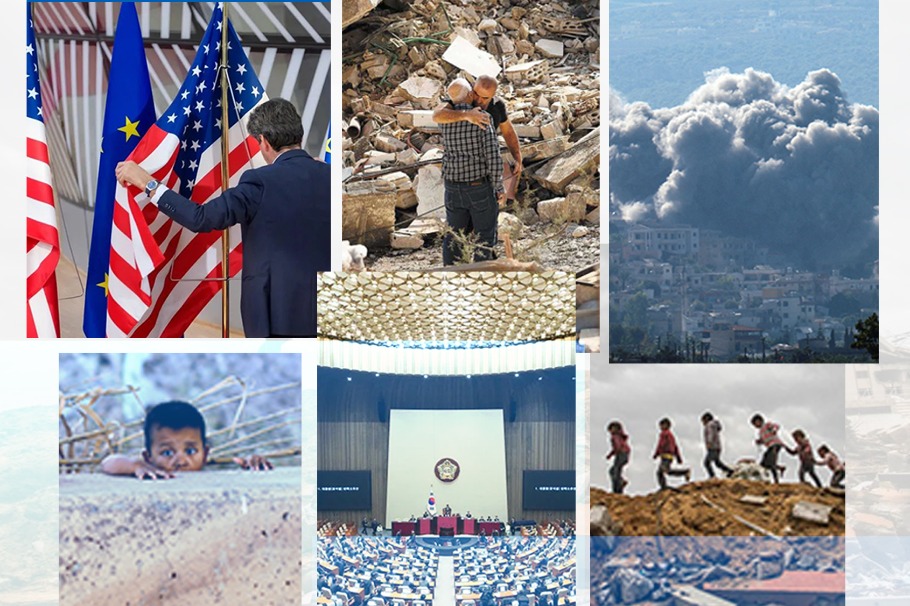Drug enforcement nets 1,470 suspects
By Zhang Yan | China Daily | Updated: 2018-06-26 08:58

Fight against narcotics trafficking focuses on opium, heroin, cocaine
Chinese police arrested 1,470 overseas suspects in drug trafficking cases last year, a senior narcotics control official with the Ministry of Public Security said.
Most of the detained suspects came from Myanmar, Pakistan, Vietnam and some countries in West Africa, Wei Xiaojun, deputy director of the ministry's Narcotics Control Bureau, told China Daily on Monday.
He said some overseas suspects were employed by international drug trafficking groups and acted as mules to smuggle drugs into the Chinese mainland. They hid the drugs either in their own bodies or in luggage to illegally pass the mainland's border inspections.
In many cases, drug lords from Hong Kong and Taiwan stayed behind as the organizers and funding providers to operate the criminal rings. They recruited mainland traffickers online, manipulated them to find drug sources or to transport the drugs abroad, according to the ministry.
Last year, police from the Chinese mainland, Hong Kong and Macao launched a special action to target drug-related crimes. During the action, police captured 188 suspected drug traffickers from Hong Kong, Macao and Taiwan and confiscated 7.3 metric tons of drugs, according to official data.
"There has been a rising number of uncovered transnational drug trafficking crimes recently, and it's more than necessary to join hands with other countries and regions to fight such crimes to maintain regional peace and stability," Wei said.
China borders two major global drug sources - the Golden Triangle, which straddles Laos, Myanmar and Thailand; and the Golden Crescent, located at the crossroads of Central, South, and Western Asia. About 85 percent of the drugs illegally consumed in the Chinese market come from the Golden Triangle, according to the ministry.
Last year, the number of synthetic drugs smuggled into China from the Golden Triangle region was on the rise. Between 2016 and 2017, opium production in northern Myanmar and northern Laos reached 550 tons and increasing amounts of crystal methamphetamine and ketamine were smuggled into China, Liu Yuejin, deputy head of China National Narcotics Control Commission, said on Monday.
Drug production in the Golden Crescent region has also increased significantly, and a rising amount of heroin was smuggled into China, he said at a news conference.
In 2017, 328,000 hectares of opium poppy was cultivated in Afghanistan, which could be used to produce 9,000 tons of opium. Last year, China cracked 25 cases involving heroin smuggling and confiscated 101.8 kilograms of heroin from the Golden Crescent, which was 3.2 times as much as that in 2016, according to commission figures.
In addition, international drug traffickers are increasingly using the Chinese mainland as a transit hub for cocaine from South America. Last year, mainland police cracked 155 cocaine trafficking cases, a 140 percent increase year-on-year, according to the commission.
Liu said Chinese suspects tended to collude with their accused overseas accomplices and transported bulk cocaine via sea channels to the Chinese mainland through southern coastal ports. The drug was then stored in places such as Guangdong. The drugs were then sold little by little in Hong Kong and in countries such as Australia and New Zealand, he said.
While acknowledging practical challenges, Wei said Chinese police will enhance intelligence sharing and joint investigation cooperation with Southeast Asian countries to fight drug-trafficking rings more effectively, arrest drug lords and cut off their distribution.
























